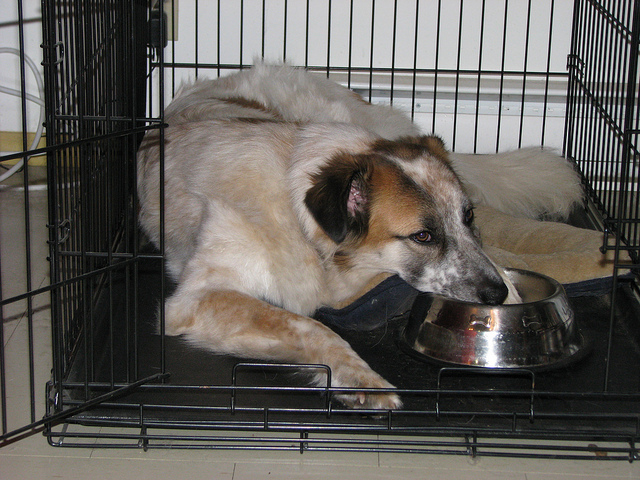Unfortunately, our dogs can’t speak our language and tell us when something is wrong. And, like many animals, dogs can be good at “hiding” or down playing when something is wrong – it’s a survival tactic. Trupanion veterinarian, Dr. Denise Petryk, explains “It is common for veterinarians and ER veterinarians to see a pet at the clinic in an absolute crisis, but when their owners look back critically, they think of symptoms they overlooked that hinted that this crisis was pending.”
Foreign body ingestion, when your pet eats something they shouldn’t, is one example she says. Foreign body ingestion is Trupanion’s second most common claim for dogs and can present several of the symptoms listed here. Costs can range significantly depending on how soon you can treat your pet—from $100 for supportive care to over $10,000 if an object becomes trapped in their digestive tract and your pet experiences complications like sepsis.
“The bottom line is, if you notice anything off when it comes to your pet, it’s never a bad idea to consult your veterinarian,” Dr. Petryk advises. “Yearly check-ups are extremely important—even if your pet is up-to-date on his/her vaccines, the physical exam can help you catch something you may have overlooked.”
Here is Dr. Petryk’s list of most overlooked health issues. These symptoms can be a sign of many different conditions that can become incredibly costly if they aren’t caught early on.
#1 – Change in appetite
Is your pet is no longer interested in dry food, seems to want or need wet foot, canned food, or people food?

#2 – Weight loss
Have you noticed subtle, long term, ongoing weight loss, especially without a change in appetite?

#3 – Change in habits
Does your pet now seem to sleep more in the garage or under a chair? Have they become more reclusive, or have you noticed another change behavior patterns?

#4 – Change in energy level
Has your pet stopped meeting you at the door when you come home or have they lost interest in play time?

#5 – Change in interest level
When you say, “let’s go bye-bye” or “let’s go play ball” have they lost interest? Can they hear you? Are they developing arthritis or other health issues?

#6 – Great Dane
Although not big enough to squeeze onto your lap at the coffee house, the Dane will lean on you to get as close as he possibly can. He also has no problem giving you lots of kisses and even a hug if you let him.

#7 – Hot spots
Is your dog licking at themselves and developing new skin sores?

#8 – Change in need for interaction
Is your normally independent dog now is always under your feet? Or your social dog becoming more reclusive?

#9 – Change in appearance
Is there a change in how wet the nose is, how bright the eyes look, and how soft your dog’s coat feels?

#10 – Change in how the dog feels
When I pat or rub him/her along the back, do the back bones feel more prominent? Have you noticed any lumps or bumps?

 Toledo, United States.
Toledo, United States.
